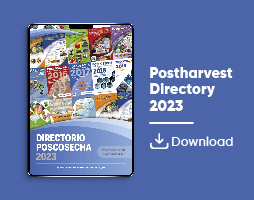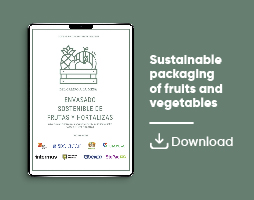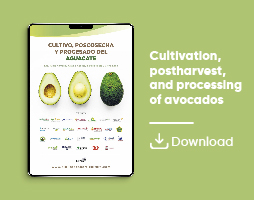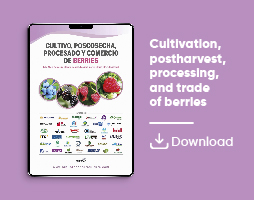Conditioning , Processing
Evolution and story of the peeling landscape of processed foods
Steam peeling was first introduced in the 1960?s in Europe as a method to remove the skin from root crops in food processing as a response to the environmental concerns with caustic and chemical peeling, being the standard methodology at that time. Subsequently the secondary benefit of steam peeling, higher yields and lower peel losses, was discovered which resulted in the continuous innovation since then to improve yield and reduce peel loss in peeling systems. The peelers in the early days were relatively small with low capacities up to 10 ton per hour, suitable for smaller
30 November, -0001
Steam peeling was first introduced in the 1960s in Europe as a method to remove the skin from root crops in food processing as a response to the environmental concerns with caustic and chemical peeling, being the standard methodology at that time. Subsequently the secondary benefit of steam peeling, higher yields and lower peel losses, was discovered which resulted in the continuous innovation since then to improve yield and reduce peel loss in peeling systems. The peelers in the early days were relatively small with low capacities up to 10 ton per hour, suitable for smaller processors of potatoes and other root vegetables, but not for the larger capacity French Fry producers. ODENBERG, now part of TOMRA Sorting Solutions, first entered the batch steam peeling market in 1974 when they acquired a controlling interest in the Dutch company Komen & Kuin BV. The early batch steam peelers operated at very low steam pressures. They were designed for a maximum pressure of 10 bar (150 PSIG) with many of them operating with pressure as low as 6 bar. The graph in Fig. 1 shows yield improvements throughout the past 40 years and each improvement on the graph represents a design change or new innovation by TOMRA. ...The complete text is available in the document below. Key wordsPoscosecha postcosecha postharvest na-oes ?? ??? ???????? post-récolte???? ?? ????????? na-oogst post-raccolta Obróbka po pós-colheita ?????????????? hasat sonras? Ernte ?????????????? ???? ??????????? postcollita poskliz?ové ?? ?? ? nakon branja pozberové obdelovanje zemlje po post-colleita????? ????? pascapanen Éilíonn postharvest ???? p?c ra?as derliaus apdirbimas po lepas tuai ?? ?? ?????? post-recoltare ?????? ????? ????????????????? ??????????? ??????????????? sau thu ho?ch ??????????????? zangemva kwenkathi yokuvuna Patata potato Perske ??????? ?? terpomo pomme de terre ?????? ??? aardappel ziemniak batata ????????? patates ???












